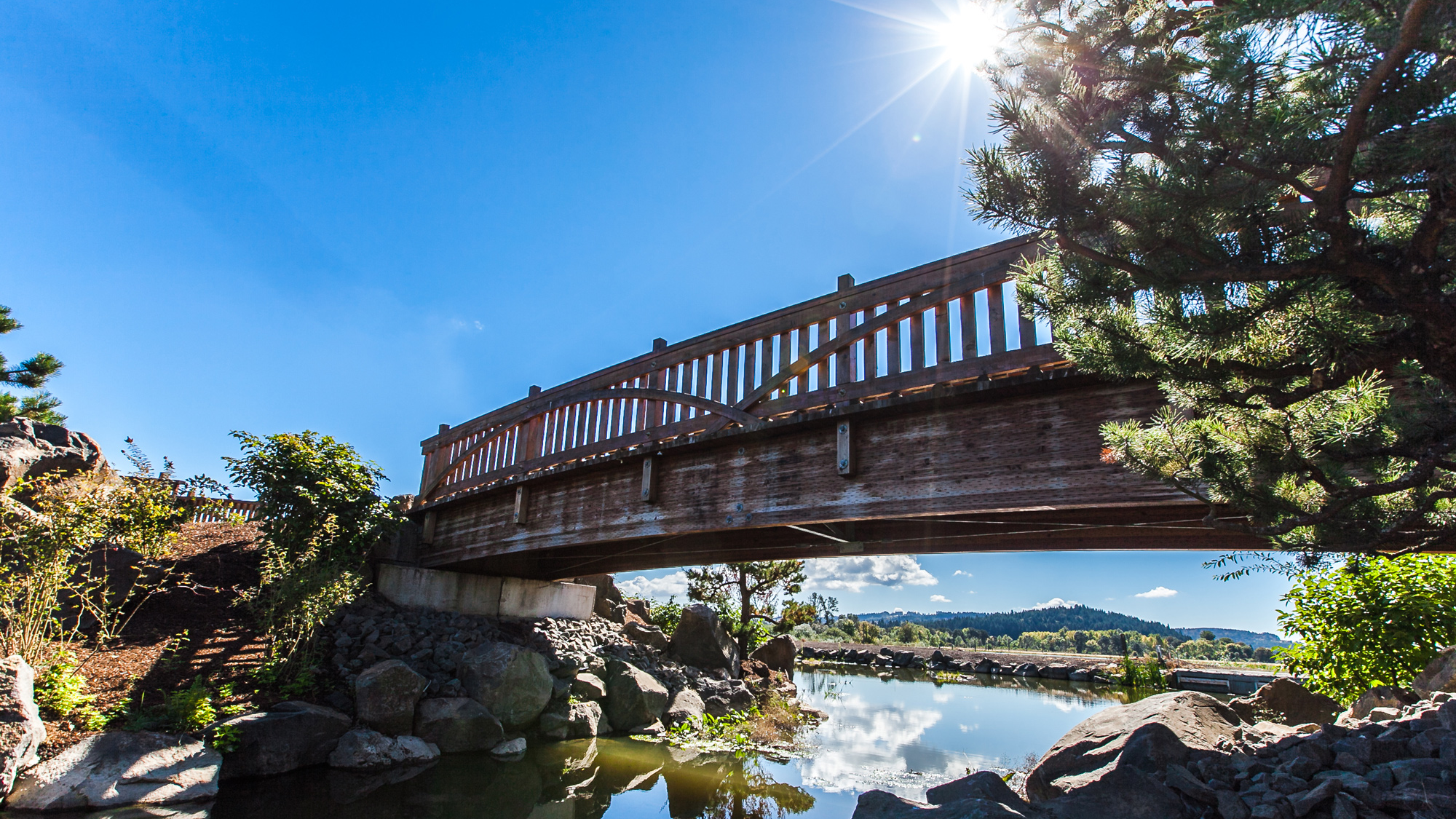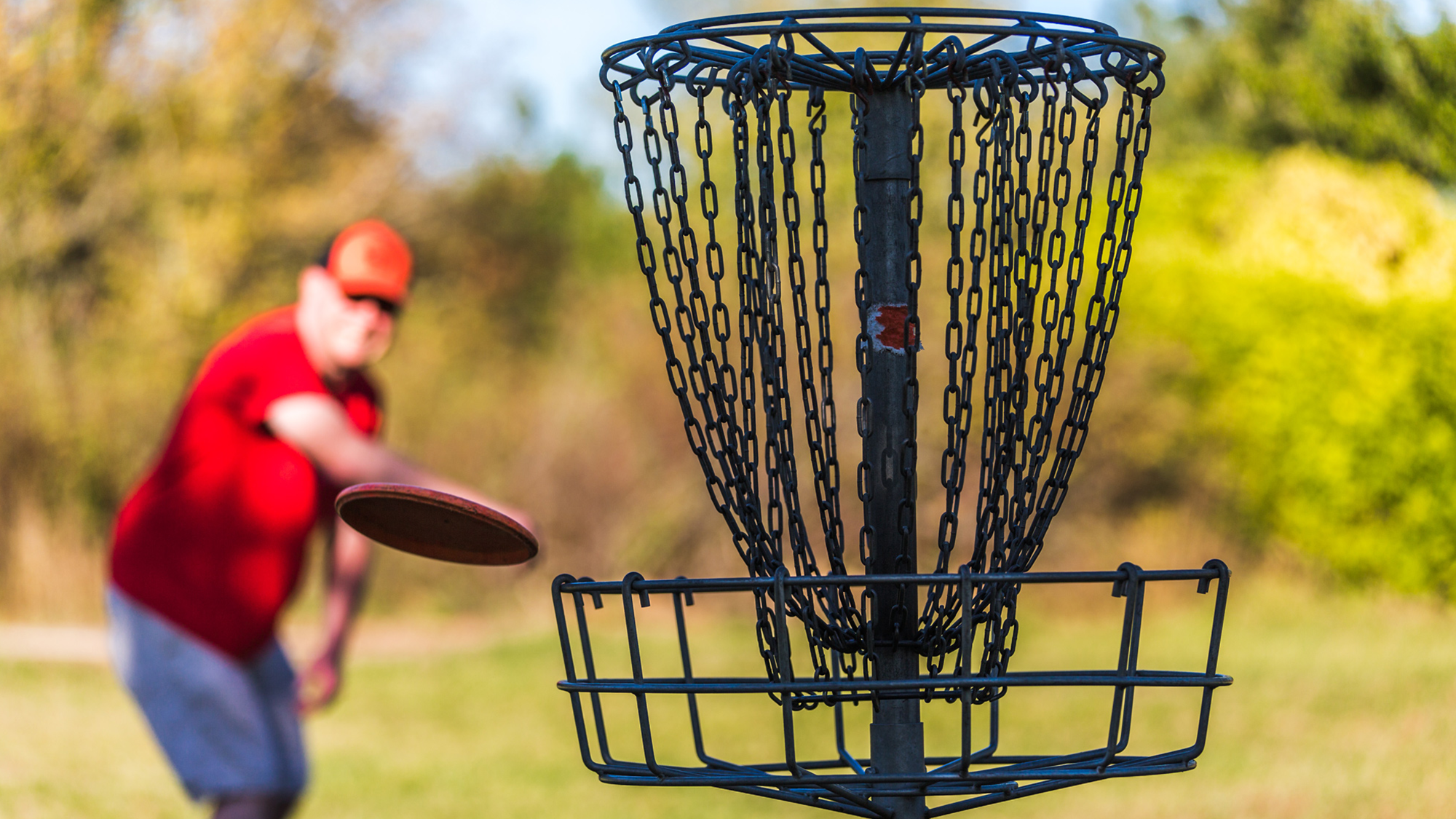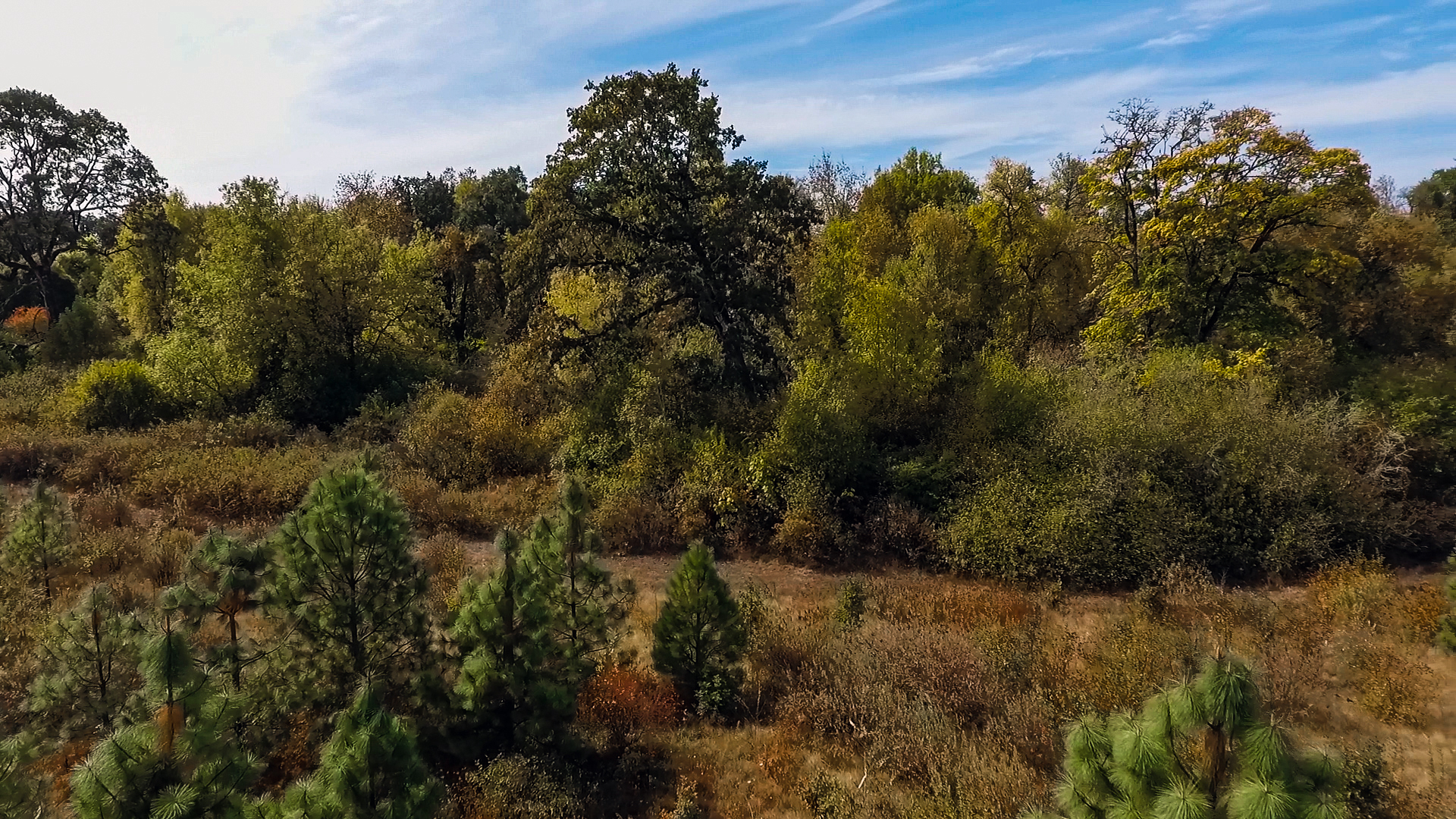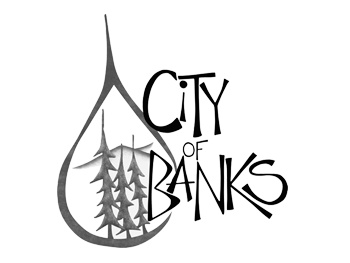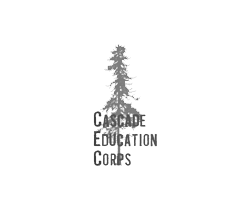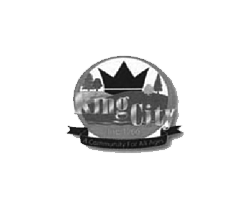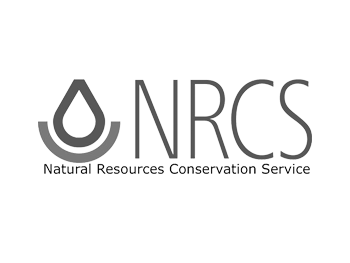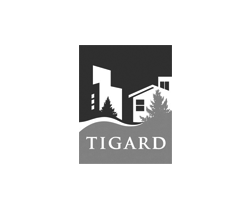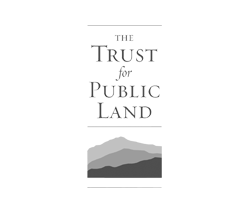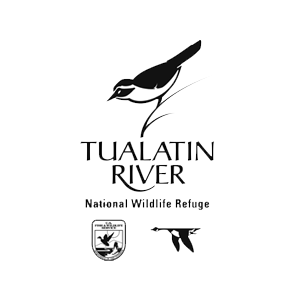Research shows that people who live near green areas are more likely to engage in regular exercise. Indeed, one of the major ways that nature benefits our health is by motivating and facilitating outdoor physical activity. Whether it’s walking a dog, riding a bike, practicing tai chi, or playing Frisbee golf — it’s more enjoyable, and more beneficial to our health, when we exercise outside.
As modern lifestyles have become increasingly sedentary, there has been a sharp rise in obesity and associated chronic diseases such as heart disease, arthritis, stroke, Type II diabetes, high blood pressure, and certain cancers. The good news is that many of these conditions are preventable. Physical activity combats and prevents many chronic diseases such as diabetes and obesity, lowers blood pressure, burns calories, boosts metabolism, and even promotes positive self-esteem. Outdoor exercise also provides significant mental health benefits that indoor exercise does not provide, such as reduced stress and attention restoration.
So how do we encourage our communities to go outside and get moving? By bringing Mother Nature back into our neighborhoods. Our environment has a huge influence on our exercise behavior. In fact, research shows that environmental interventions, such as establishing bike paths and walkways, are more effective at influencing physical activity rates than interventions based on information or media campaigns. By bringing Mother Nature back into our communities, Tree for All is also making our neighborhoods healthier by providing greener places to walk, run, and play.
Explore the health benefits of Tree for All.
Caption sources
Ellaway, A., S. Macintyre, and X. Bonnefoy. 2005. Graffiti, Greenery, and Obesity in Adults: Secondary Analysis of European Cross Sectional Survey. British Medical Journal 331:611-612.
Takano, T., K. Nakamura, and M. Watanabe. 2002. Urban Residential Environments and Senior Citizens’ Longevity in Mega-City Areas: The Importance of Walkable Green Space. Journal of Epidemiology and Community Health 56, 12:913–916.
Maas, J., R.A. Verheij, P.P. Groenewegen, S. de Vries, and P. Spreeuwenberg. 2006. Green Space, Urbanity, and Health: How Strong is the Relation? Journal of Epidemiology and Community Health 60:587–592.

